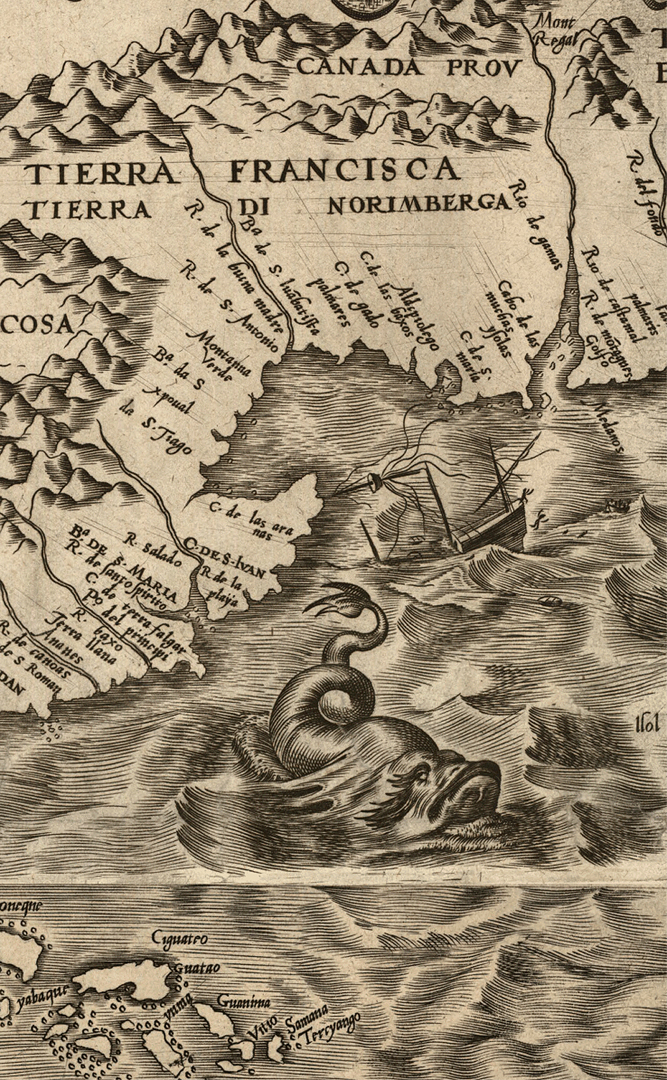“Tomorrow’s Yesterday: Mapping the E-Tech Continuum” by Fujii
Conference:
Experience Type(s):
E-Tech Type(s):
Entry Number: 62
Title:
- Tomorrow’s Yesterday: Mapping the E-Tech Continuum
Organizer(s)/Presenter(s):
Description:
In computer graphics, history frames the possible, imagination paints the impossible, and passion fills in the rest.
Visionaries, explorers, pioneers, artists, and philosophers have shaped the Emerging Technologies programs since 1991. This history-mapping project recognizes their contributions and provides a starting point to envision the potentials of “what is next” and “who might take us there.”
The project idea grew from inspirations by ancient explorers’ maps. Maps elegantly tell the story of exploration by revealing the fluid edges of “the known” and “unknown” and providing a visual context for “where to explore next.” They are a framework for viewing space and time.
The continuum of Emerging Technologies programs presents a similarly rich set of frontiers to explore. Where oceans and continents challenged the explorer on the move, the historian is faced with variable or incomplete records, uneven timelines, evolving technology and practices, and overwhelming volumes of information to study and digest.
Eleven years of history were scattered in a variety of formats and content. Gaps and inconsistencies that were encountered had to be supplemented by vast searches of paper reports, brochures, clippings, email archives, Internet searches, and dialogs with original contributors. Experience now suggests that we need to more actively prioritize preservation steps before the record becomes untraceable.
Challenges aside, the final results reveal a compelling look at evolution and revolution in action. The data follow journeys of now familiar themes such as hypertext, virtual reality, visualization, distributed interaction, simulation, avatars, spatial sound, autonomous agents, communities, telepresence, machine recognition, tangible interfaces, and immersive sensory feedback. From emergence to acceptance to integration into newer ideas, the creative continuum spreads like manifest destiny for those who perfect and improve the human / computer collaboration in the next century.
We believe that this project will be an ongoing community effort to appreciate and build upon SIGGRAPH’s heritage. Like the maps of yesteryear, this work preserves the interesting artifacts of time (stale contact information, incomplete or missing descriptions, misinterpretations of the record, etc.) that will probably merge and yield to refinement in future “maps.” Like SIGGRAPH, it represents the state of what we know now, today, as it slips into the future to become Tomorrow’s Yesterday.
Our understanding is just beginning…
Other Information:
To read further analysis and explore the research data visit:
http://www.siggraph.org/~fujii/etech/history.html





